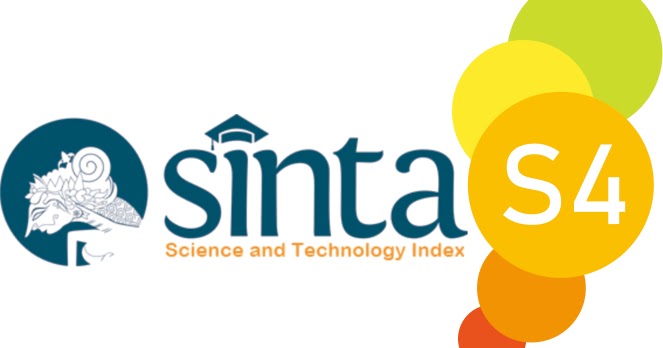KEMISKINAN DI PROVINSI BALI (STUDI KOMPARATIF KABUPATEN/KOTA DI PROVINSI BALI)
Abstract
Abstract: Poverty in Bali Province (Comparative Study of Regency/City in Bali Province).This studyhas three goals, the first to analyze the effect of the literacy rate (AMH), life expectancy (AHH), laborforce participation rate (LFPR), the rate of growth of gross regional domestic product (LPE), Gini ratiosand purchasing power simultaneously and partially to the percentage of poor people in the province ofBali. While the purpose of the second study was to analyze the difference of mean AMH, AHH, LFPR,LPE, gini ratio and low purchasing power among the districts / municipalities in the province of Bali. Thethird research goal is to determine the poverty rate estimation model of Bali Province. The type of datain this research is secondary data obtained from BPS Bali. The analysis technique used is the LinearRegression, One-Way ANOVA, as well as analysis of Chow-test and Hausman-test. Linear Regressionanalysis results showed AMH variables simultaneously, AHH, LFPR, LPE, Gini ratios and purchasingpower affect the percentage of poor people, but only partially variable AMH, LFPR, gini ratio and affectpeople’s purchasing power. Results of the analysis by One Way ANOVA in Quadrants I and II showsthat there are differences in the LPE variable between districts / cities. While Quadrant II and III accordingto the results of the analysis showed that there are different variables AHH, AMH, LFPR, and PPP.Quadrant I and quadrant III according to the results of analysis showed that there are different variablesAHH, LFPR, and PPP. Chow-test results, and Hausman-test that models Random Effect is the best modelin the choice of the poverty level estimation model of Bali Province.
Keywords: poverty, linear regression, one way ANOVA



















